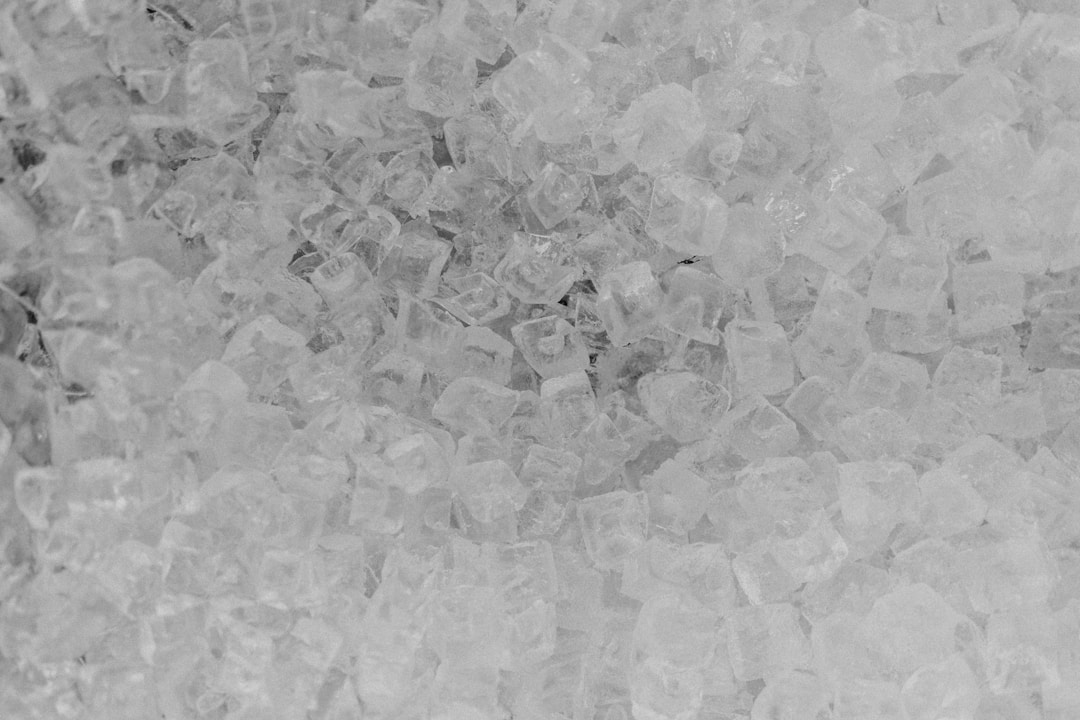Effective Maintenance of Industrial Ice Makers: A Detailed Guide
Investing in an industrial ice maker is not just a matter of making a financial investment. It is about ensuring your kitchen, bar, or restaurant functions smoothly, keeping your clients and customers happy. Keeping your ice maker in prime condition requires that you know the basics of maintaining this piece of machinery. Here’s all you need to know about maintaining your industrial ice makers to enjoy uninterrupted performance and longer lifespan.
Understanding Industrial Ice Makers: Why Maintenance Matters

Your industrial ice makers are an integral part of your business. They ensure you always have a ready supply of ice for your customers’ needs. Proper maintenance is essential to prevent any malfunctions that could lead to a decline in customer satisfaction and revenue loss.
Regular maintenance allows you to identify potential problems before they become serious. This not only saves repair costs but also prevents downtime that could disrupt your operations. Remember, an ice maker that runs efficiently consumes less energy, reducing your utility bills.
Also, an inadequately maintained ice maker could produce unclean ice, posing health risks to your customers. Outstanding hygiene standards not only keep your customers safe but also boost your reputation in the industry.
Lastly, scheduled maintenance extends the lifespan of your ice machine, giving you a higher return on investment. Maintenance costs are relatively lower than the cost of replacing a whole machine.
Essential Tips for Regularly Cleaning Industrial Ice Makers
Cleaning your ice maker is a core component of maintaining it. Regular cleaning prevents the build-up of mineral deposits on the machine’s components that can affect its performance. Cleaning is not a complex task and can be performed by your team members.
Start by draining all the water out of the machine and wiping it down thoroughly. Use a mix of water and a commercial ice machine cleaner to scrub all the internal surfaces. Be sure to rinse all components thoroughly to wash away the cleaning solution.
Ice trays and storage bins should also be regularly cleaned. Likewise, keeping the external surfaces of the machine neat keeps the environment sanitary, reducing the risk of contamination.
Avoid using harsh cleaners or heavily abrasive scrubbing tools that could damage the ice maker’s surface. Furthermore, consider hiring a professional cleaning service for a deep clean every couple of months.
Troubleshooting Common Industrial Ice Makers Issues: An Easy Guide

Despite regular maintenance and inspections, machines can still encounter issues. By understanding the most common problems, you can troubleshoot them promptly. One common issue is the machine not making ice. This could arise from several reasons like a blocked supply line, a thermostat set too high, or a malfunctioning evaporator.
Other common issues include the ice tasting bad, the machine leaking water, or ice not ejecting from the mold. Each issue has different causes and solutions. For instance, bad-tasting ice can be due to a dirty machine or poor-quality water.
When troubleshooting, always refer to your industrial ice maker’s manual. It guides on potential causes of problems and how to fix them. If the problem persists, contact a certified technician to avoid exacerbating the issue.
Additionally, keep backup equipment or supplies to ensure your operation isn’t interrupted while your primary ice machine is being repaired.
Overall, maintaining your industrial ice maker is straightforward and essential. Not only does it ensure smooth operation, but it also enhances the machine’s lifespan, effectively making it a cost-effective investment. Regular cleaning and inspections, coupled with proper usage, can go a long way in ensuring your industrial ice maker lasts for years to come. Don’t wait for problems to arise: proactive maintenance is always better than reactive repair.





